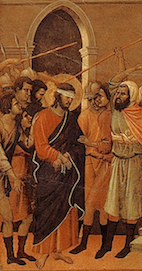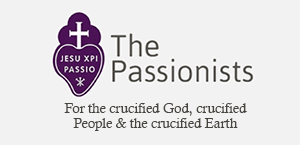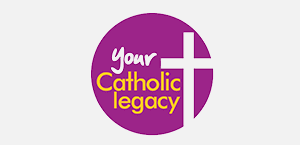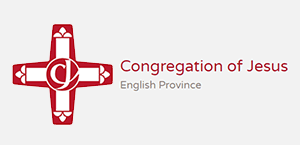The Passion in Seven Objects: 1 - Blindfold

Leading up to Easter we try to enter more deeply into what Jesus is doing as he walks the way to the cross. I offer these brief meditations in that spirit, each day using one of the objects that appears in the gospels.
Sunday 5th April
1. BLINDFOLD
The men who were holding Jesus began to mock him and beat him. They also blindfolded him and kept asking him, 'Prophesy! Who is it that struck you?' (Luke 22.63)
It's like a parlour game with menaces: If you're so clever, then tell us who hit you. This is part of the continuing attempt to humiliate Jesus. It must have been frightening for him, not knowing from which side the next blow would come, waiting for it.
The Greek word in the gospels that is usually translated 'blindfold' comes from the word for 'to veil', and suggests something more like a hood, covering the head. We know from our own day that this is often the fate of hostages. They are hooded as part of their powerlessness, unable to see their interrogators. It brings added fear.
Yet looking at this scene with Jesus and the soldiers, you have to wonder, who is really afraid here? They have effaced Jesus. Shut away his power to look at them, prevented any eye to eye contact. The face is a powerful instrument. It can radiate to another a huge range of emotions. Before the face of another we feel accountable. Were they afraid of what they might see in the eyes of Jesus? They shut away the possibility of glimpsing love or forgiveness. The soldiers could not see his suffering. Perhaps they could not bear to see these things. Far from glimpsing his divinity, they cover up even his humanity. We think of the many victims of torture in our own day, whose humanity is viciously erased.
There is a moment in the gospels when Peter first glimpses the awesomeness of who Jesus is, and falls to his knees, saying, 'Leave me Lord, for I am a sinful man' (Luke 5.8). It is a common human reaction when we contrast the messy reality of our lives with the holiness of Christ. We shy away from that face. If this happens we need to remember the parable of the Pharisee and the tax collector, the one boastful, the other remorseful (Luke 18: 8-14). The gospel makes it clear that Jesus told this parable to some 'who were confident of their own righteousness.' It is the tax collector, with all his compromises, who goes home having received the mercy of God.
Well, we are not confident of our righteousness, and paradoxically that is why we are able to come to the face of Jesus. The face turns towards us with mercy, reassurance, love, acceptance. This is the Jesus who looks and sees a widow putting a small coin into the Temple treasury, a housewife kneading bread, a sower casting seeds, unemployed labourers lining up and desperately hoping to be picked for a job. He looks on everyday life and finds here signs of the loving presence of God in our world. The Son of God does not reject the world, in fact he embraces it with God's love. He does not ask perfection from us but he does ask honesty. As long as we know our own need, we can approach that face without fear.
Lord Jesus Christ,
we come to your face,
to the look in your eyes as they promise love
to your ears that are ready to listen,
to your lips speaking their words of reassurance.
Draw us onward,
point the way,
and be our companion on the journey.


















